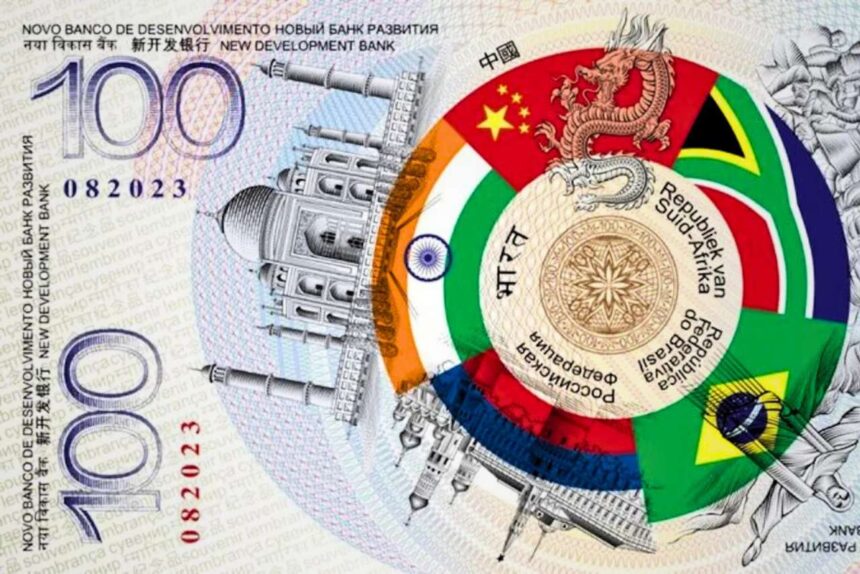The idea of a BRICS currency has gained momentum as Brazil, Russia, India, China, South Africa, and their new partners explore alternatives to the US dollar’s global dominance. Expected to launch within the next few years, this currency could reshape international trade and challenge the dollar’s supremacy in the global economy. Here are the top 7 ways this potential currency might impact the US dollar and what it means for investors and markets in 2025.
1. Accelerating De-Dollarization Trends
The BRICS currency would directly contribute to de-dollarization by encouraging trade and financial transactions in local currencies and the new common currency. This reduces the reliance on the US dollar for cross-border payments, threatening its reserve currency status.

Read more on how de-dollarization is reshaping global trade.
2. Strengthening Economic Cooperation Among BRICS Nations
By using a shared currency backed by a basket of member currencies and gold, BRICS countries can facilitate smoother trade, reduce exchange rate risks, and deepen economic integration. This move away from the US dollar aligns with proposals discussed at the 15th BRICS Summit.
3. Undermining US Sanctions
US sanctions often leverage the dollar’s global role. A BRICS currency could help member nations circumvent sanctions by enabling trade in alternative currencies. This strategy has been observed in recent financial strategies by sanctioned nations like Russia.
4. Promoting Gold-Backed Stability
Backing the BRICS currency partially with gold may add credibility and stability, especially appealing to nations wary of fiat currency volatility. According to the World Gold Council, gold remains a strategic asset for central banks facing currency risk.
5. Enhancing Digital Payment Systems
BRICS countries are investing in digital infrastructure. The proposed BRICS digital currency and the blockchain-based BRICS Bridge could support fast, low-cost, secure cross-border transactions—further minimizing dependence on the dollar.
Explore related insights on digital currencies in emerging markets.
6. Impacting Forex and Commodity Markets
A new BRICS currency could disrupt traditional forex volumes and impact commodities like oil. With countries like China and Russia trading oil in yuan and rubles, a BRICS settlement currency could shift global pricing benchmarks. According to Bloomberg Energy, commodity markets are already reacting to dedollarization signals.
7. Influencing Global Geopolitics and Trade Policies
The emergence of a BRICS currency challenges US geopolitical influence, potentially reshaping alliances, trade agreements, and global economic institutions. As noted by the IMF’s BRICS analysis, coordinated efforts in financial reforms may accelerate this shift.
What This Means for Investors
Investors should monitor BRICS currency developments as they may signal shifts in currency valuations, trade flows, and geopolitical risks. Diversifying portfolios with exposure to BRICS markets, precious metals, and alternative currencies could offer protection and growth opportunities.
Stay informed with our BRICS 2025 economic outlook.

Conclusion
While the BRICS currency is still in development, its potential impact on the US dollar and global economy is profound. Understanding these seven key effects can help investors and policymakers prepare for a changing financial landscape in 2025 and beyond.
For more insights:









